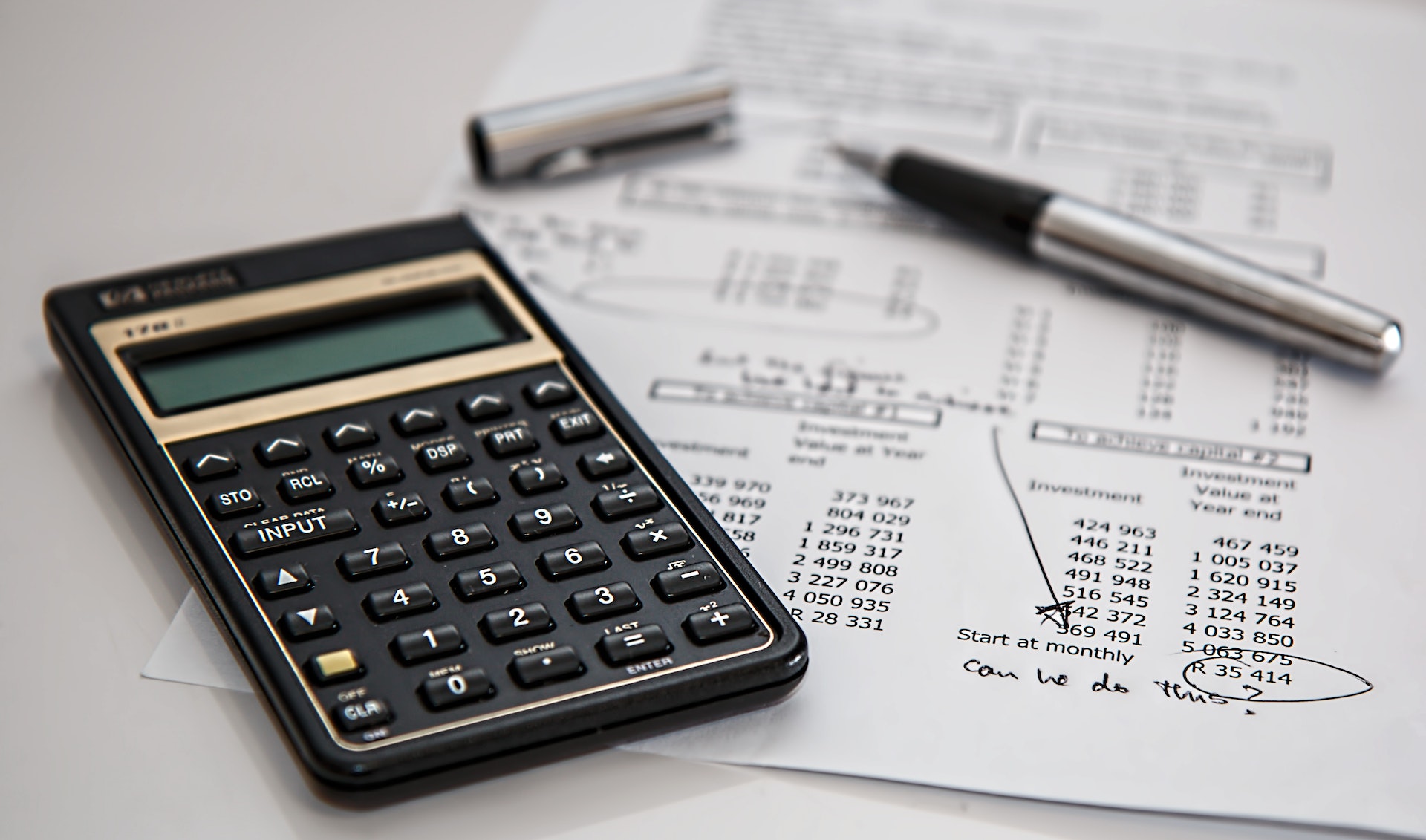How to Calculate Your Store’s Breakeven Point
How to Calculate Your TRUE Breakeven Point
Calculating your true breakeven point is an essential step in understanding the financial health of your business. The breakeven point is the point at which your revenue and expenses are equal, and you are not making a profit or a loss. In this blog post, we will show you how to calculate your true breakeven point and what it means for your business.
The first step in calculating your breakeven point is to determine your fixed costs. These are the expenses that you have to pay regardless of how much you sell, such as rent, utilities, and insurance. Next, you need to determine your variable costs, which are the expenses that change with the number of units you sell, such as materials and labor. To find your true breakeven point, you need to add your fixed costs and variable costs together.
Once you have your total costs, you can then determine your breakeven point by dividing your total costs by your profit margin. The profit margin is the percentage of each sale that is profit. For example, if your profit margin is 20%, you need to sell five units to breakeven.
It’s important to note that this is just the basic formula for calculating your breakeven point. In reality, there are many other factors to consider such as seasonal fluctuations, changes in costs, and market conditions. However, this calculation will give you a good idea of where your business stands financially.
In conclusion, understanding your breakeven point is crucial for any business. By calculating your true breakeven point, you can make better decisions about your pricing, marketing, and overall strategy. Remember to take into account all of your costs, including fixed and variable, and always be mindful of market conditions. By staying on top of your numbers, you can ensure the long-term success of your business.




